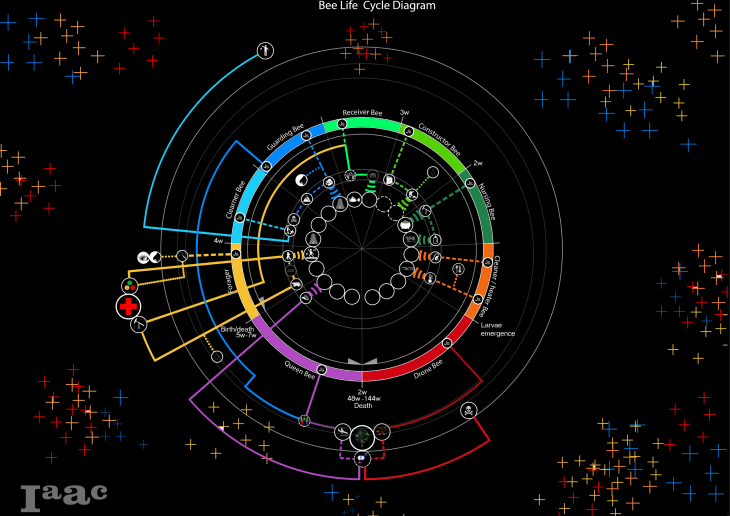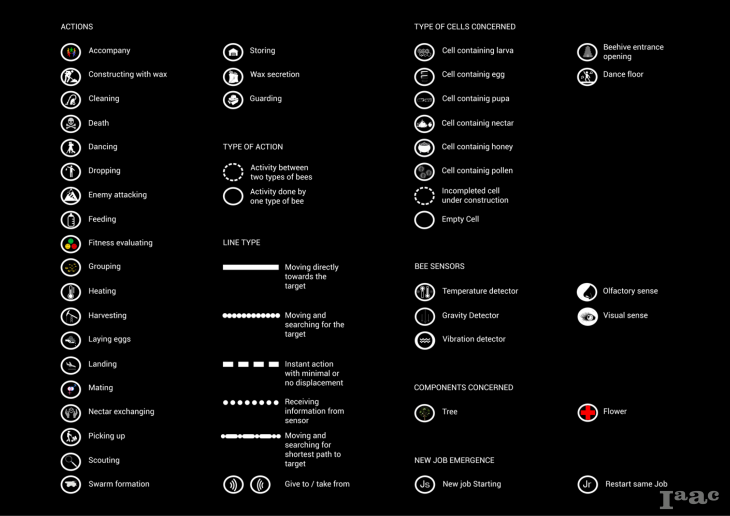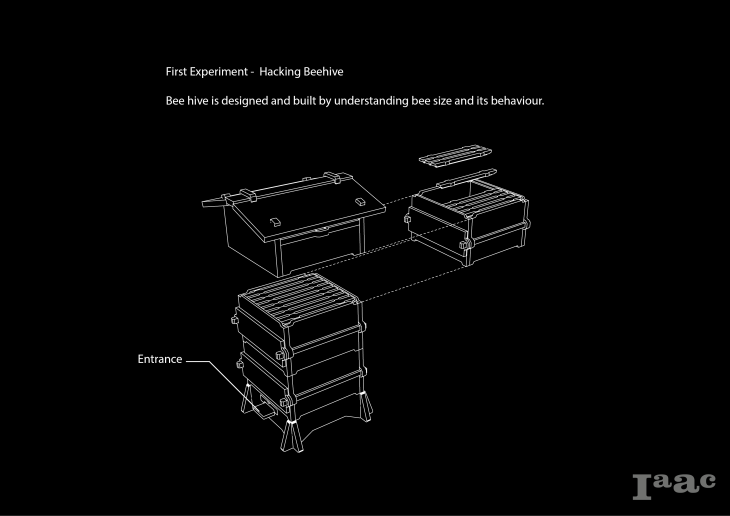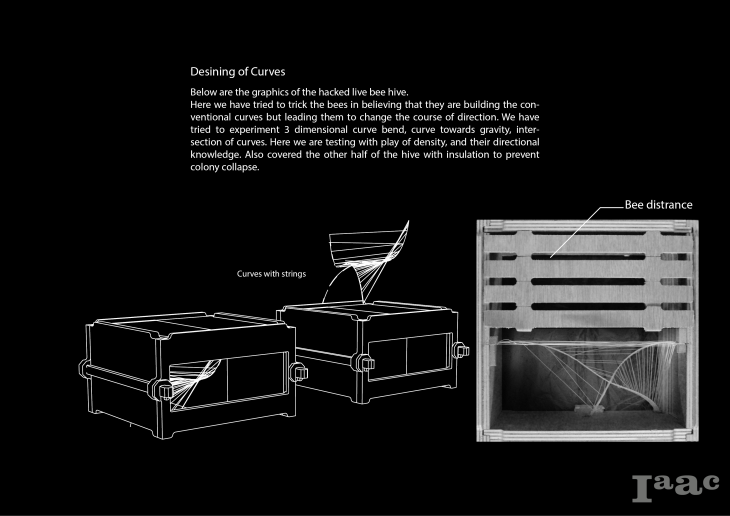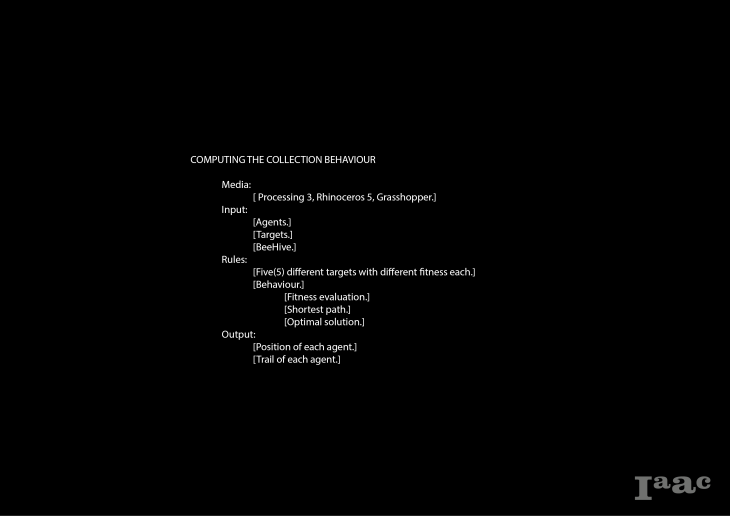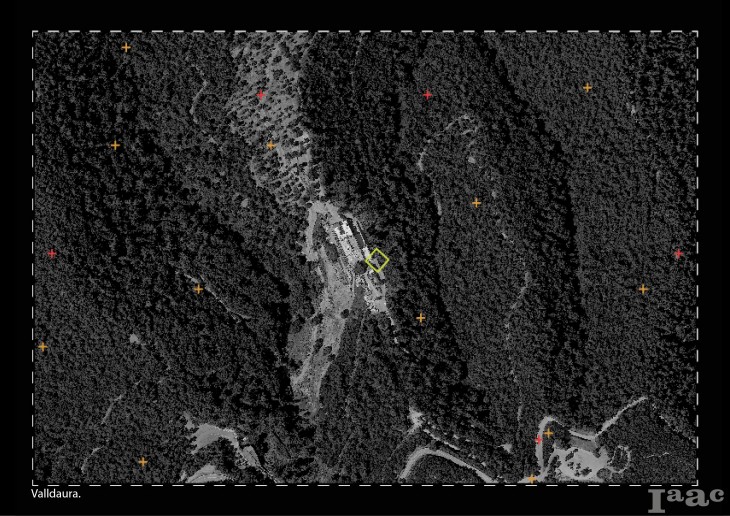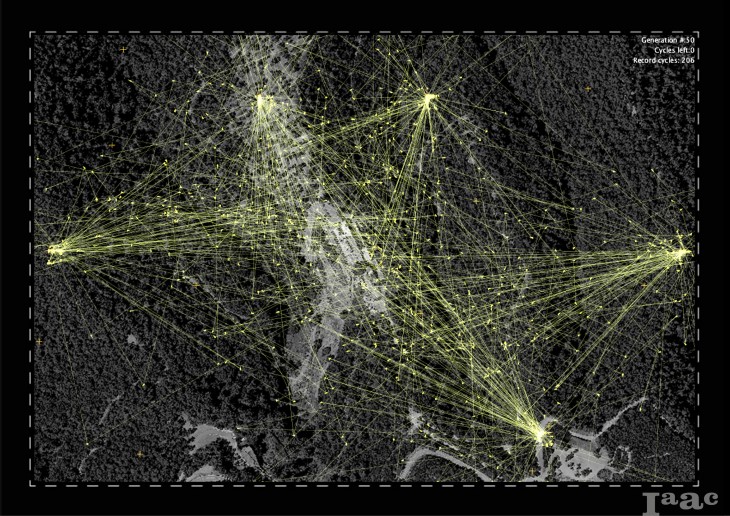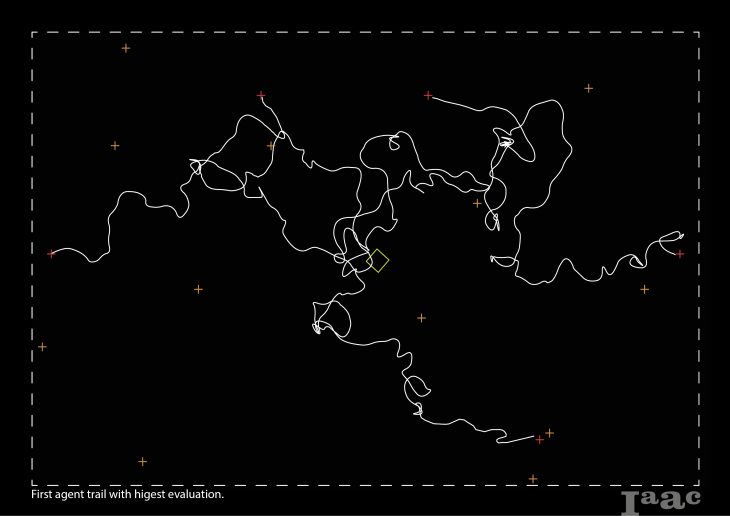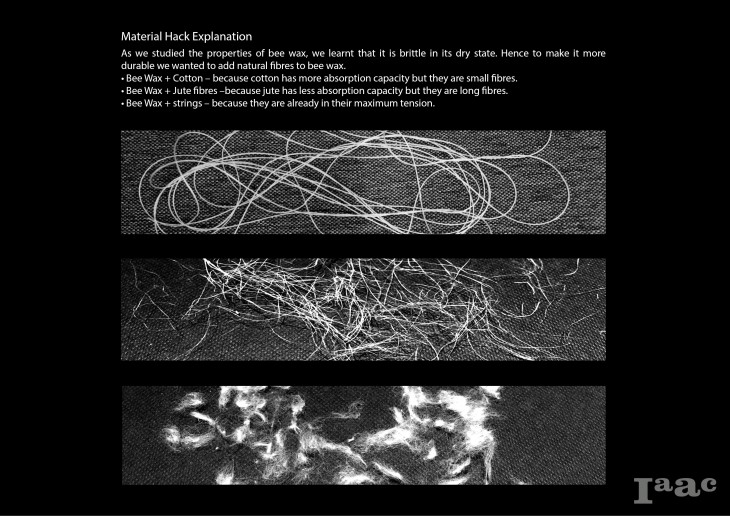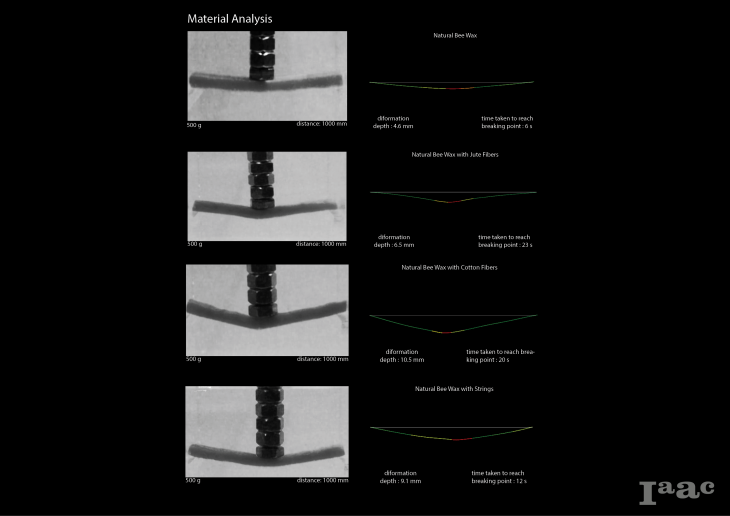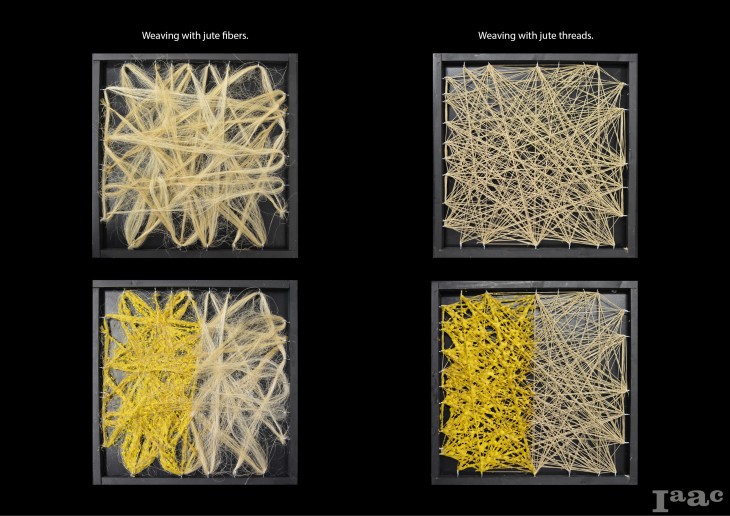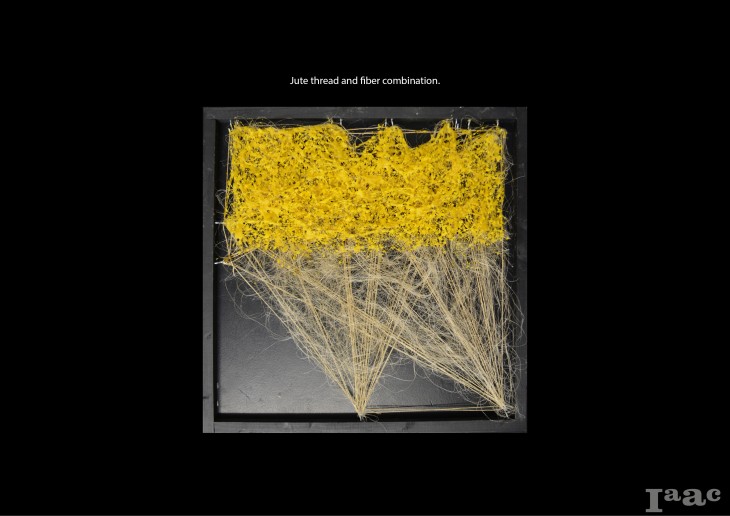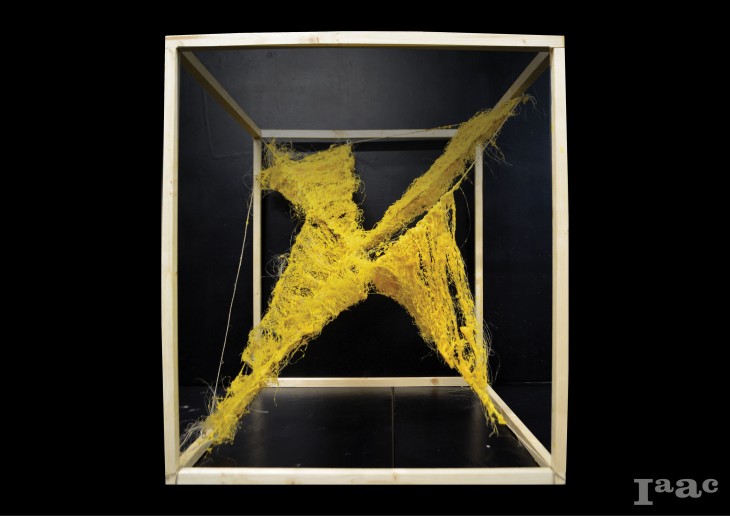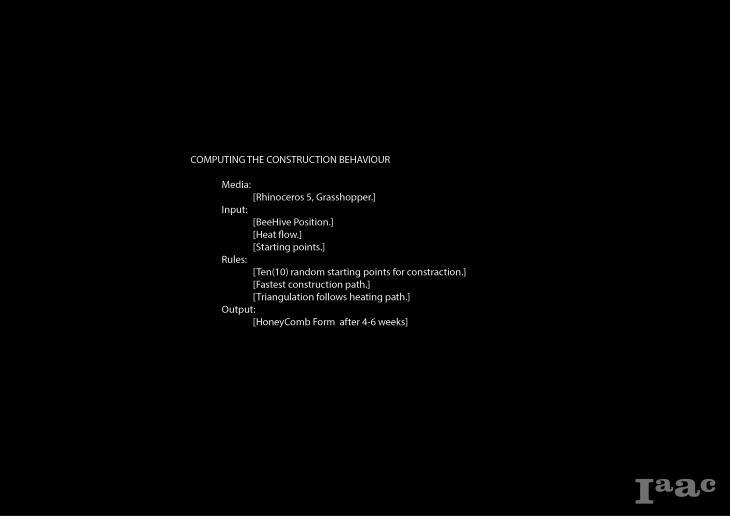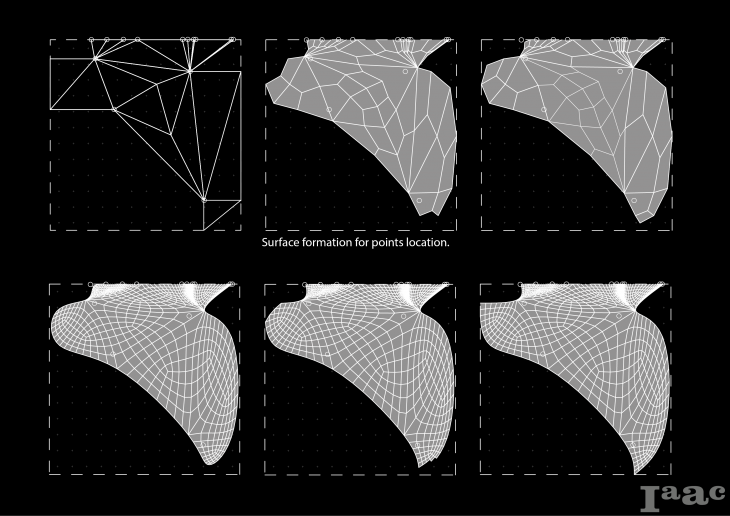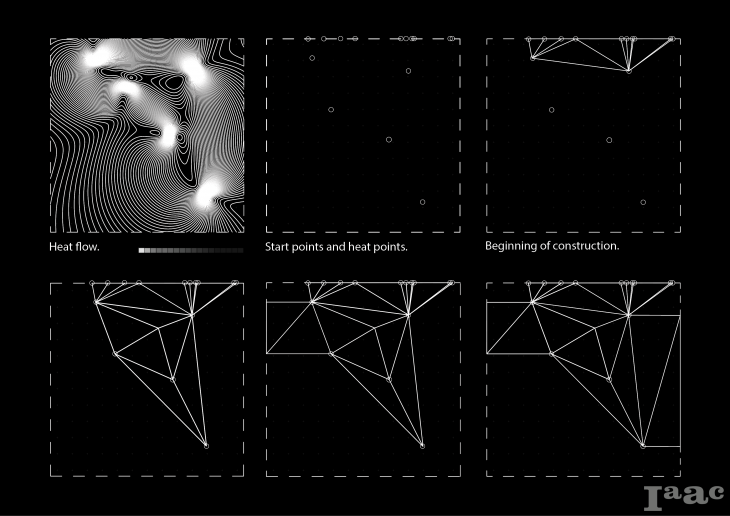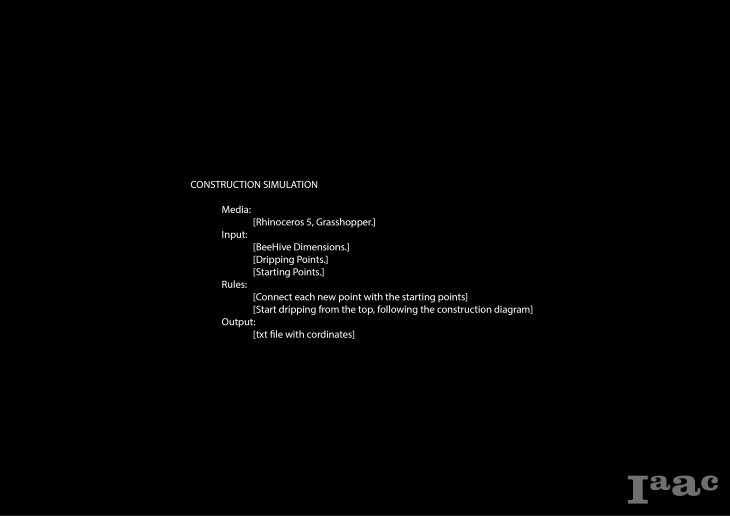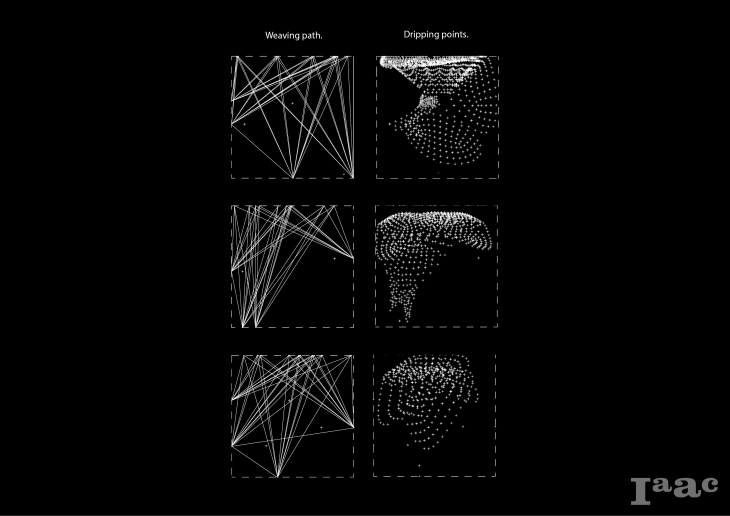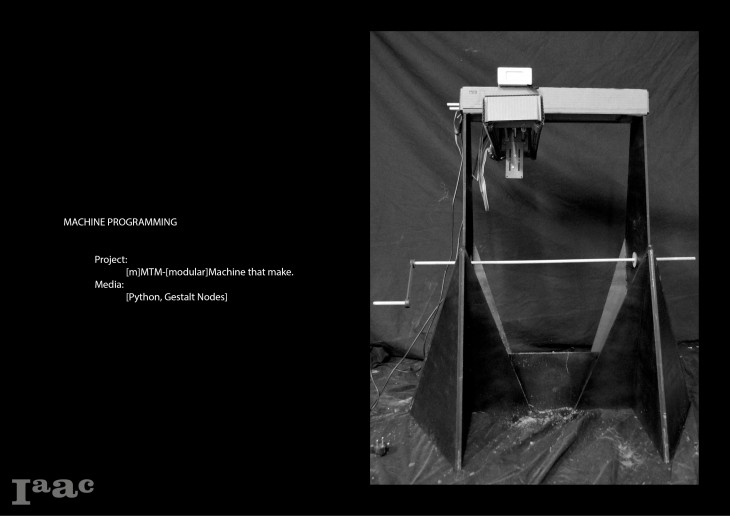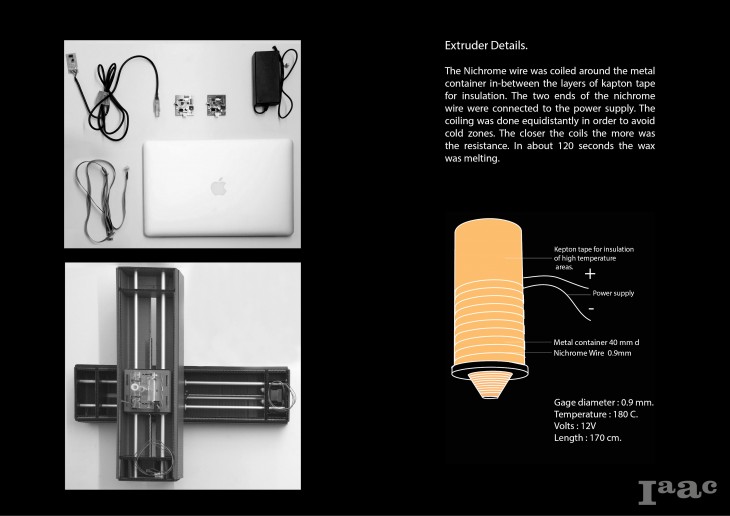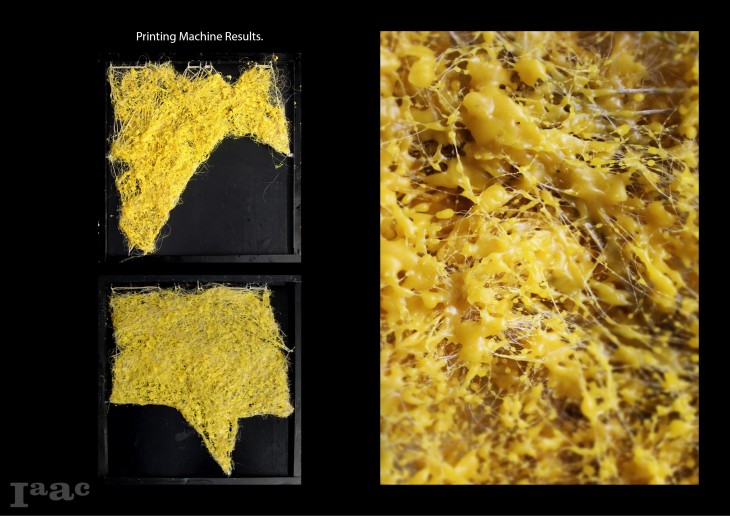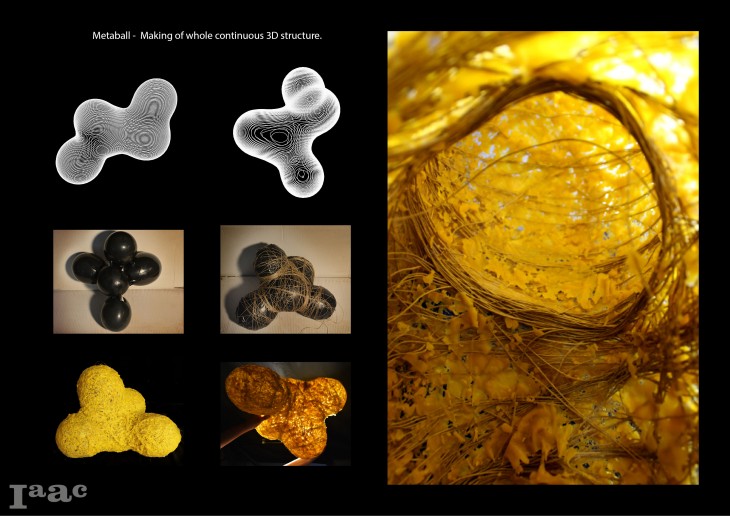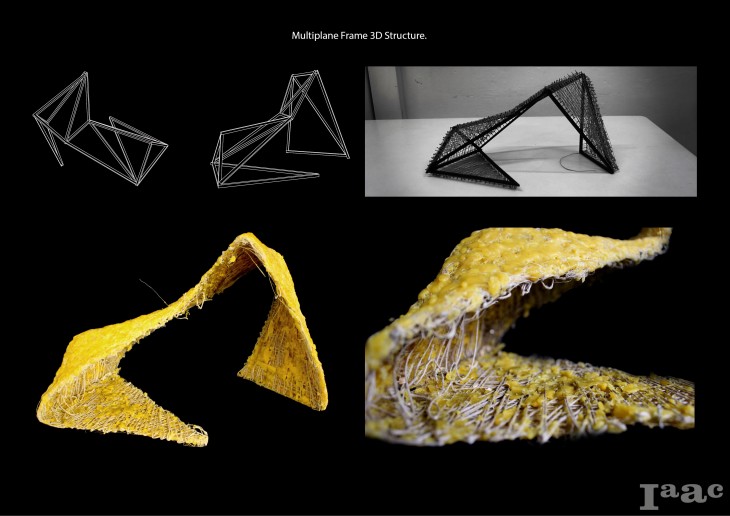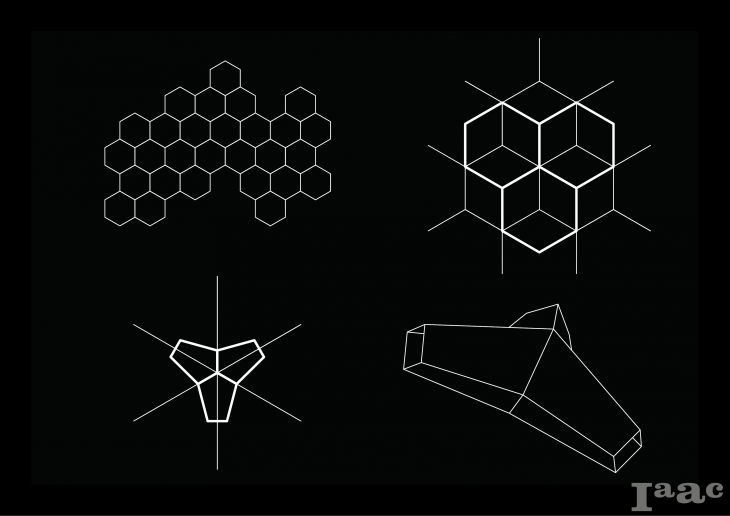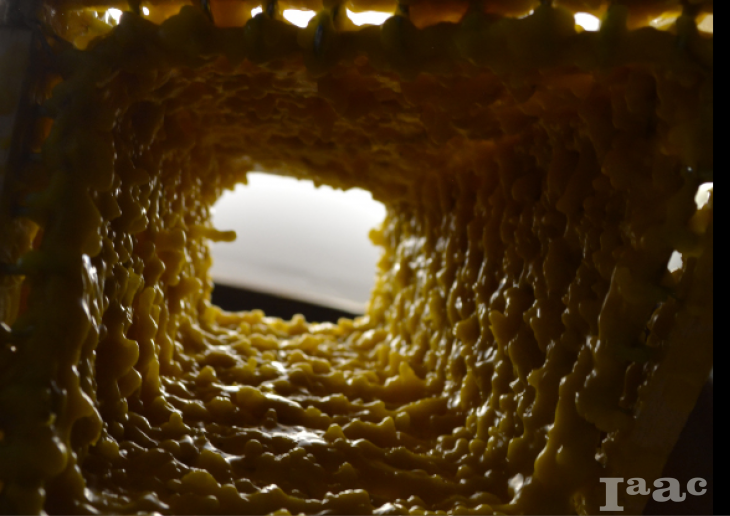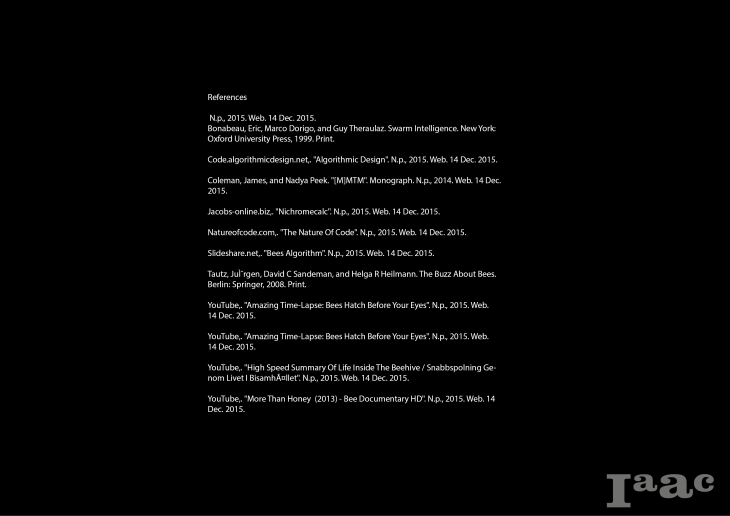Bee ++
The project is intended to explore how digital and biologically inspired fabrication techniques can be combined to produce architectural structures.
The main element of the project: the honeybees are insects that inhabit collectively in a colony. These insects’ can exhibit characteristics as complex as one of a mammal by collaborating together through mechanisms of collective intelligence. Bees collectively act as one body which shows a behavior analogue to the one of a single mammal.
After studying and decoding the bee behaviour, we are now exploring a possible dialogue between natural bees and cyber-bees, based on the principle of swarm intelligence and looking at algorithms that are able to describe different aspects of the colony behaviour. (Such as ABC algorithm and KLS algorithm.)
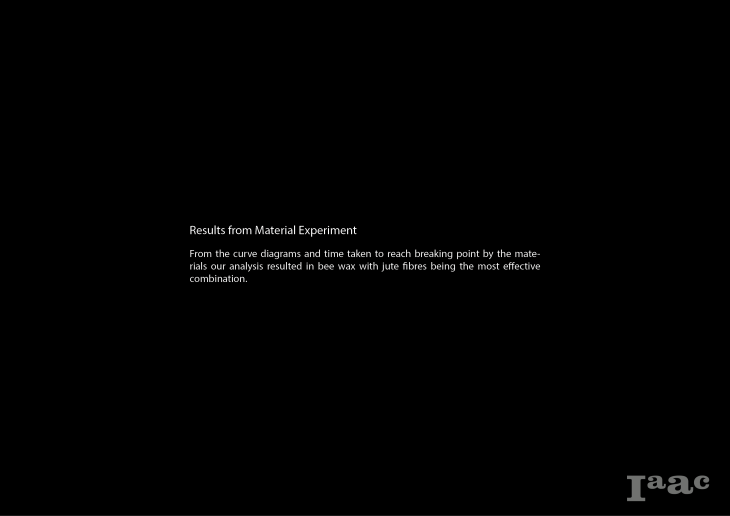
Our team programmed a xy plotter to simulate the way honey bees deposit wax while building their hives. To increase stability of the emerging structures we created a composite material by depositing wax on to jute fibers. The texture and the pattern of the wax deposition are generated by the algorithm describing the construction behavior of the bees. In this way our research project aims at exploring ways of overcoming the existing limitations of additive manufacturing at architectural scales.
The architectural and scientific community is now looking at natural ways of 3D printing, like for example deploying silkworms or specific type of cyanobacteria over existing substratum and how this could help us to develop ways of “printing” architectural structures that are more resilient than current 3D printing technologies. Similarly we are exploring construction behavior of the bees in creating additive morphologies.
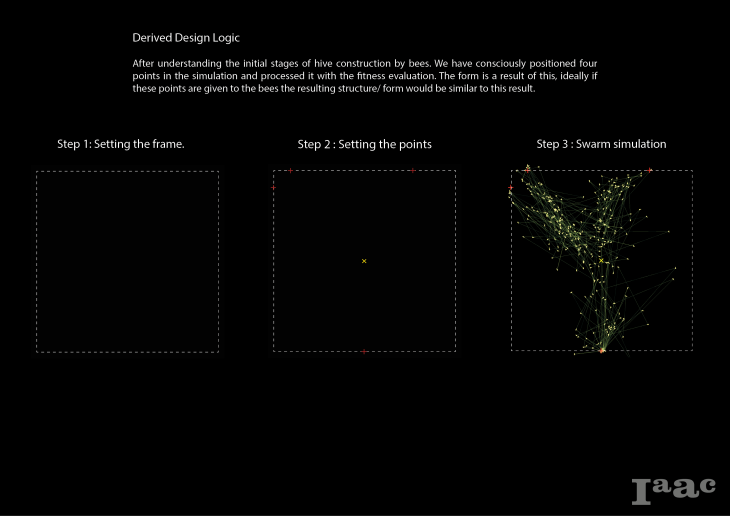
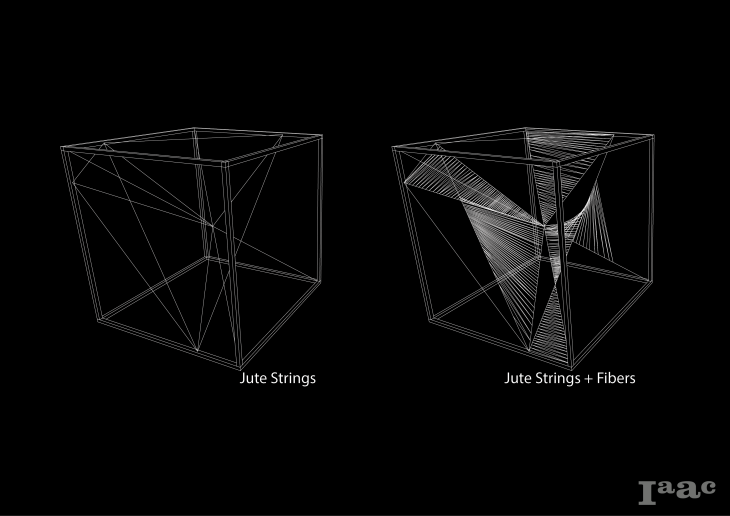
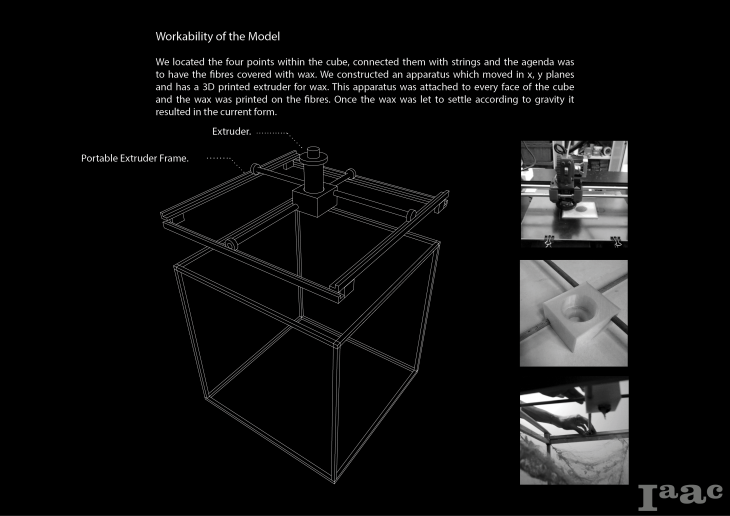
In Urban Public Spaces which we argue currently lack interaction with natural phenomena and process, our resulting structures could be considered an ‘additive space enhancers’. With this we intend to express the fact that these structures are not only visual enhancers but also behave as enhancers to all senses. The sense of touch by the texture created, the fragrant odour from beeswax, buzzing sounds from the bees and taste from the honey. This space is a complete censorial experience to the public.
Wax as material is impermeable; we are using the Technic that bees use to make their hives water tight in making human adaptable spaces which act as rain shelters. Bees use their hives for storage of honey using the same ideology the ‘space enhancers’ could be made into rain water collectors.
The space enhancer will be an object that is evolving with the public and growing gradually by interacting with the mechanic apparatus. This in itself will create a whole new perception of the place and would transform it from a static container to an event where people can experience a higher level of censorial interaction with processes of production. We are also raising awareness about bees among the public through this project on collective intelligence, machines, material processes.
IAAC, Active Public Space.
Bee++ is a project of IaaC, Institute for Advanced Architecture of Catalonia developed at Master in Advanced Architecture 1(MAA01) in (2015-16) by:
Students:
- Burak Paksoy,
- Michel Alazzi,
- Nikolaos Argyros,
- Firas Safieddine,
- Sameera Chukkapalli.
- Claudia Pasquero (Introductory Studio Tutor)
- Carmelo Zappulla (Introductory Studio Tutor)
- Maria Kupstova (Introductory Studio Assistant)
